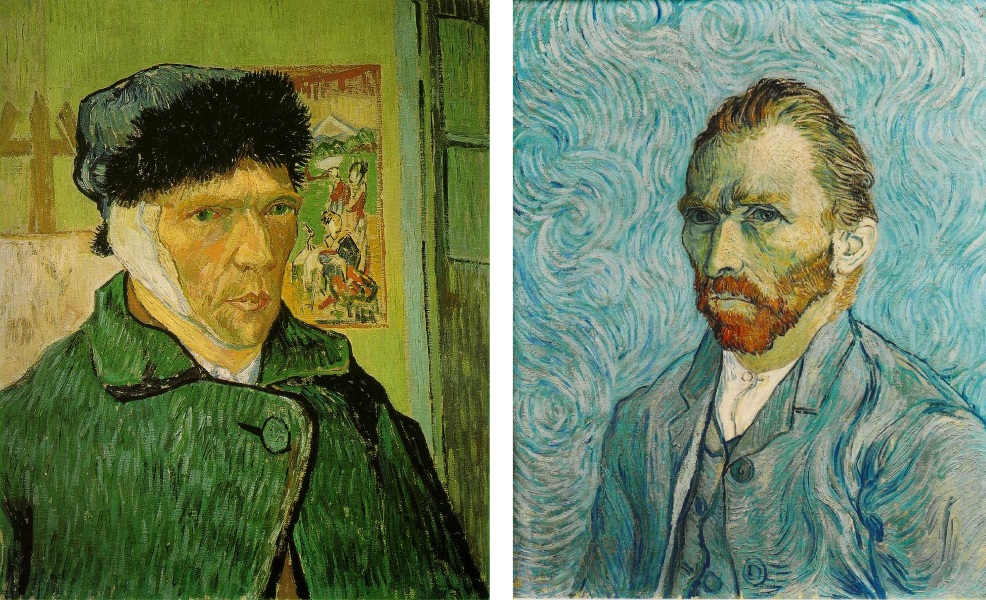Fluency: Ease of processing amplifies affective judgement
When looking at the two paintings, one can maybe notice that the left painting is easier recognizable than the right one. The left one is presented for a longer time than the right one, resulting in a relatively effortless perception process regarding the left painting compared to the right painting. In general, all cognitive processes including but not limited to perceiving, imaging, retrieving or categorizing are carried out with more or less effort. This effort produces a meta-cognitive experience of ease of processing or processing fluency which has become a popular construct in psychological science. It serves as a gratifying explanation for various phenomena, including dynamics in judgments of truth, familiarity, fame, typicality, confidence, and especially liking. Among these dimensions increasing fluency was found to amplify the reactions or judgments. Meanwhile, it is assumed that processing fluency has a hedonic quality because it indicates the successful and error-free perceiving, recognizing and interpreting of a target. Moreover, it serves as a cue for familiarity and therefore safety. We investigated the assumption of hedonic quality by presenting pictures with positive, neutral and negative affective content to people, which differed in processing fluency. The people were asked to judge the pictures among liking. We found that pictures with positive content were indeed liked more when fluency was high. However, pictures with negative content were liked less when fluency was high. This finding challenges the assumed hedonic quality of processing fluency, because all pictures should be liked more when fluency is high, regardless of the affective content. Drawing on our findings, we do not assume that fluency has a hedonic quality by itself. Instead, ease of processing seems to be a sign of unambiguity: We thus propose that the more fluently a stimulus can be processed, the more prototypical and determinate the stimulus becomes for the beholder. Hence, fluency serves as a factor of amplification.

-
Carbon, C. C., & Albrecht, S. (2016). The Fluency Amplification Model supports the GANE principle of arousal enhancement. Behavioral and Brain Sciences (BBS), 39, 22-23. {IF=20.415}
-
Belke, B., Leder, H., Strobach, T., & Carbon, C. C. (2010). Cognitive fluency: High-level processing dynamics in art appreciation. Psychology of Aesthetics, Creativity, and the Arts, 4(4), 214-222. {IF=1.230}
-
Albrecht, S., & Carbon, C. C. (2014). The Fluency Amplification Model: Fluent stimuli show more intense but not evidently more positive evaluations. Acta Psychologica, 148, 195-203.